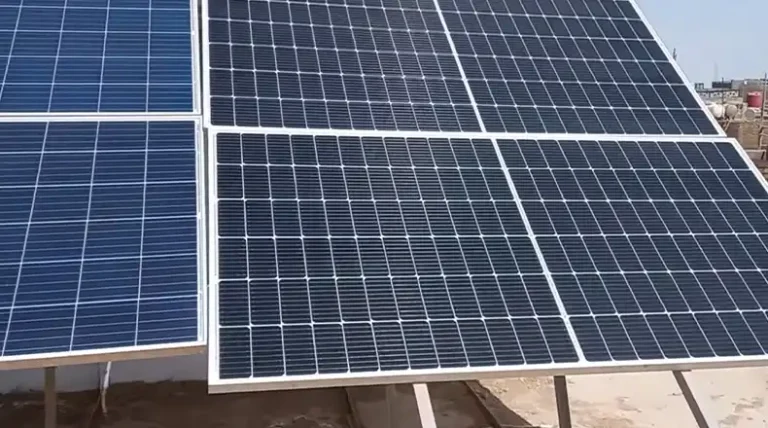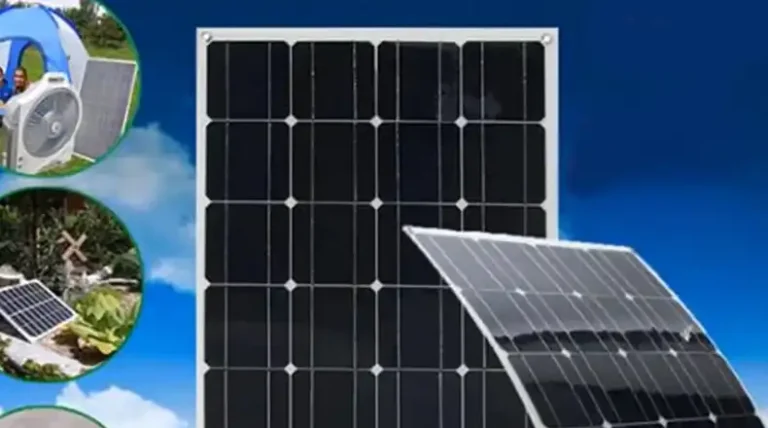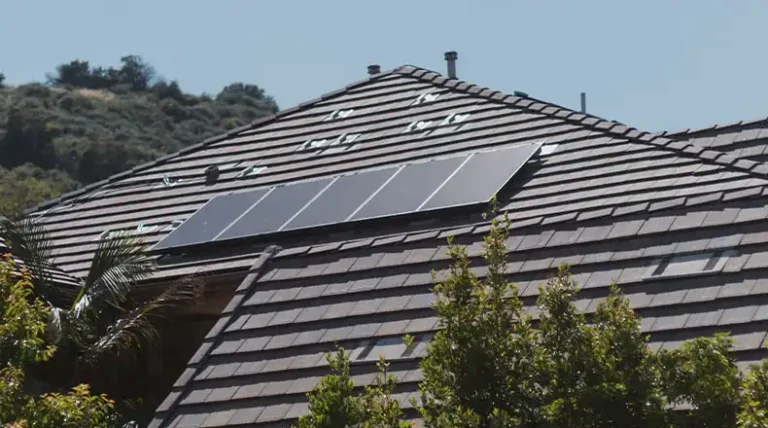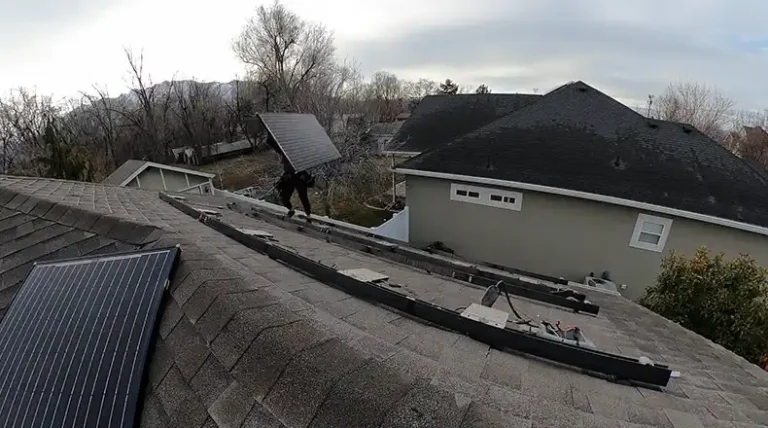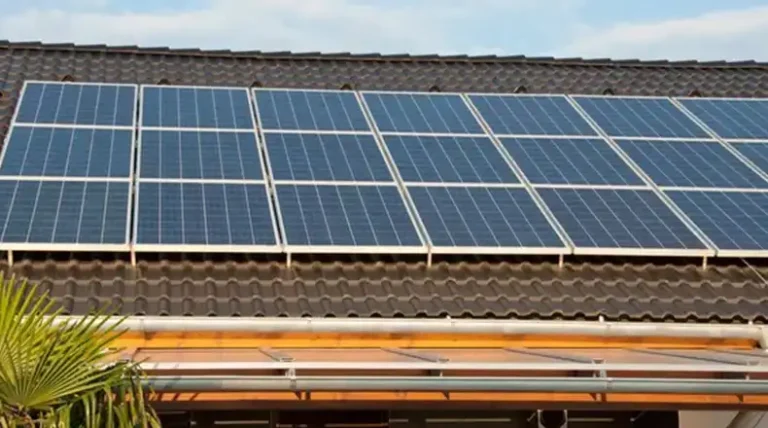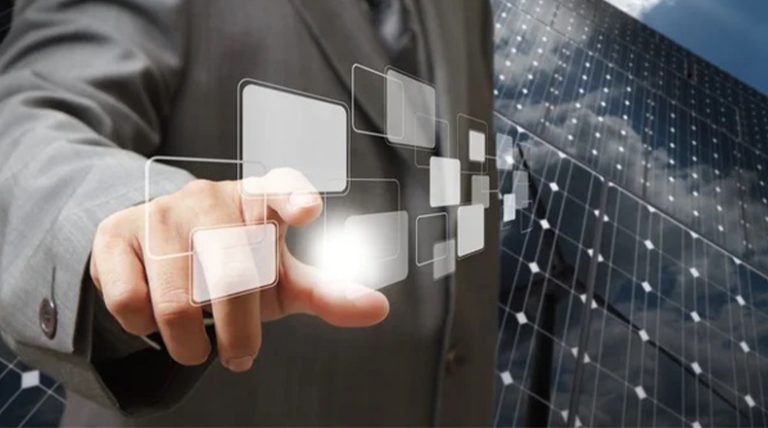Does Solar Panels Work With Artificial Light?
Has synthetic illumination been able to wet up solar plates like the real rays of the sun? I went about systematically testing this as a solar engineer and researcher exploring the boundaries of renewable power. Over years of designing, building, and studying solar systems I have been asked this question for more than a decade by homeowners, enthusiasts, or simply skeptics. Through intensive controlled experiments and the collection of data, I give you an ultimate report of solar panels against artificial light.
Simply put, yes, solar panels are compatible with artificial lights (although it’s not very promising). I will take you through the science of suncatching, compare natural and artificial illumination, analyze a variety of light sources one against another, and get rid of rumors about what works and what does not work. Just stick to me through the entire post.
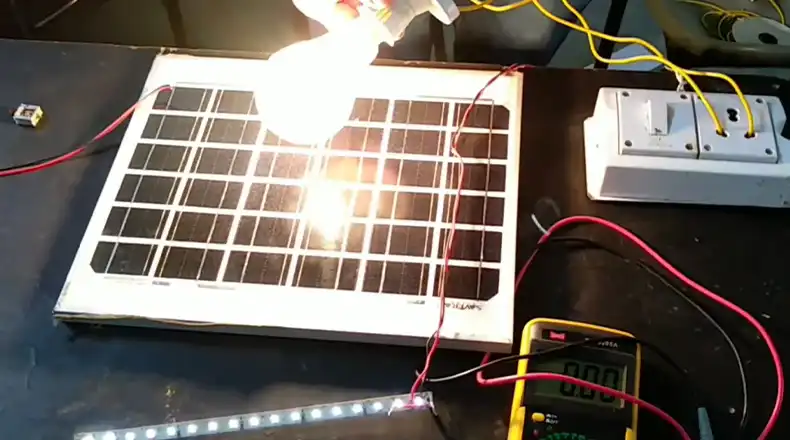
How Solar Panels Work: The Science Behind Photovoltaic Cells
Solar panels or PV cells use the photovoltaic effect with which sun rays are converted into electrical power. The negative electrons are loosened from the atoms when photons from sunlight hit solar cells and transfer energy to them. The freed electrons pass along through the PV cell generating current which we capture into useful electric energy.
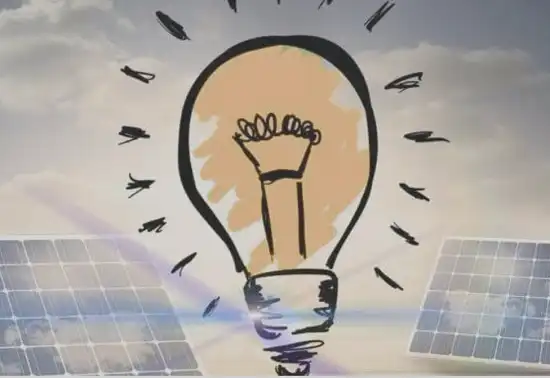
This solar cell process is efficient when large areas are exposed to a wide range of intense light rays. A solar panel’s efficiency depends heavily on whether the light source mimics the sun very well or not.
Artificial Light vs. Sunlight
The charging capability of solar panels is based on two main disparities between artificial light sources and sunlight. Have a look at them –
Spectrum
The full spectrum of radiation encompasses UV rays, visible light, and infrared radiation referred to as sunlight. The wide and diverse radiation should be broadband and encompass an array of wavelengths necessary for driving electrons across different energy levels in a solar cell. However, unlike natural sunlight, most artificial light stems from spectral peaks with thin bands such as LED or fluorescent bulb light. This narrow bandwidth reduces the energization and flow of the electrons in the solar cells.
Intensity
Apart from that, even powerful artificial light sources give many orders of magnitude lower light intensity than the sun. We experience about 1 kW/m2 at clear noonday on the earth’s surface. This is the intensity of such energy emitted compared to that from a 100 W incandescent bulb, which could be as low as 10 – 15 W/m2 at that range – and it has become evident by now how the intensity between these energy The enormous gap between indoor light and solar photovoltaic system creates a challenge for the latter due to low energy transmission capability.
Do Solar Panels Work with Other Light Sources?
Considering the specific characteristics of sunlight, solar power has a small-scale capacity to convert electricity from lighting systems installed at places. Though a little electricity can still be attainable; the small Voltage and Amps cannot be substantial enough to charge in practice. Let’s explore some common artificial light sources in more detail:
UV Light
There are also special solar panels that absorb only certain UV radiation, which is used for rare research purposes. Commercial silicon solar cells do, however, usually exhibit low absorptivity for UV radiation. The fact is that although you may be able to tell there is some small amount of electrical output, nothing will be charged by UV light cases.
LED Light
These days, fluorescent and LED bulbs are very famous for their low power consumption. This however has been noted with limited bandwidth emission spectra that LED light sources do not have the broad radiation intensity needed to efficiently energize different materials within solar cells. A good low-level charge might be created with a direct attachment of panels placed next to an LED source, although it is still impractical.
Flashlight
Hand-held LED flashlights are also quite bright but narrower in focus. Even shining the strongest possible flashlight onto the surface of a solar panel merely a few inches off can yield no meaningful amount of electricity needed for one to power their batteries and electrical appliances.
Streetlight
The modern streetlight gives off quite sufficient external light utilizing the latest LED or sodium bulb technology. Despite being sufficiently bright for roadways and footpaths, their radiation spectrum falls far short of that occurring under a natural sun. Mounting solar panels onto the streetlamps could only yield sufficient energy.
Incandescent and Halogen Lights
Light bulbs containing tungsten filament emit a wider light spectrum that comes closer to natural sunlight but are not as power efficient. However, one can flood a panel very closely with halogen lamps of great intensity and the brightness will amount to just a little ratio to the daytime light. Some of it will probably produce a little power to make any cost worthwhile at all.
Do Solar Panels Work with Indirect Sunlight?
The solar power systems depend on direct sunlight for them to be effective at producing the much-needed energy. Direct light from the sun is powerful enough but it still lacks the intensity, spectrum breadth, and beam concentration which are important in PV charging. It may produce just little or even no power at all due to the shading of the mounting panels or undercast ambient indirect light exposure. Therefore, the location of the proper solar array position with daily sunlight without obstruction determines success.
To What Extent Are Solar Panels Dependent on Light Sources for Charging?
Photovoltaic cells, or PV cells, use no – solar power thus requiring illumination to stimulate the motion of electrons. Solar panels are otherwise inert materials until they encounter various kinds of bright lights. Residential, as well as Commercial PV systems, are dependent on continuous sunlight absorption to operate properly and charge sufficiently.
How to Increase the Charging Efficiency of Your Solar Panels?
As a solar panel owner and operator, there are a few key steps you can take to maximize sunlight capture and keep your system performing optimally:
a) Ensure panels have unobstructed daily sunlight – trim foliage or branches that may shade your array, especially earlier/later in the day
b) Adjust tilt angles 2-4 times per year to directly face the sun as seasons change
c) Check for tree pollen, bird droppings, snow cover, or other debris on panels blocking sunlight absorption
d) Consider periodic cell cleaning to remove accumulated dust buildup reducing output
e) Inspect electrical connections and wiring for damage or corrosion
f) Monitor system performance data; abnormal declines may indicate maintenance is needed
Modest modifications would yield huge improvements in solar generation and system sustainability by increasing the reliability of the sunshine collection.
Alternatives to Solar Panel Charging
By far the most convenient and energy-efficient option for most household uses of electricity tends to be solar panels charging on sunshine. But for niche use cases, some alternatives could include:
a) Wind turbines generate electricity, but regional wind resources may be limited
b) Fuel cells chemically convert hydrogen into usable electrical power
c) Pedal-powered or hand crank generators for minimal emergency charging
d) Thermal-electric generators producing low voltages from heat differentials
e) Expensive high-intensity UV laser rigs exciting solar cells in lab settings
Nonetheless, all these have a very significant downside which includes high cost, being physically draining, impact on the environment, or extremely low power yield level. Solar is undoubtedly your best bet for renewable electric charging, where you can soak up the sun.
Related FAQs
Which type of artificial light is suitable for solar panels?
None of the artificially made lamp types designed for households or businesses are powerful enough to emit adequate energy across the electromagnetic spectrum to make solar power generation viable and useful. Comprehensive brightness and radiation breadth required for photovoltaic is missing in even strong halogen light.
Can Moonlight power solar panels?
No, it cannot work because moonlight is just reflected sunlight from the surface of the Moon and, therefore, is not bright enough for that. The peak daylight generates more than one hundred thousand lux as compared to about half a lux for even the brightest night with a full moon. The huge difference in the size of the two makes moonlit-based charging of solar panels impossible.
Are solar panels able to be charged through windows?
No, very little electricity could be produced from indoor-positioned solar panels that lack direct exposure to the sun. However, windows block most UV and infrared energies necessary for charging up silicon photovoltaic units. Also, almost all household window glass reflects more than ten percent of incoming solar radiation toward interior photovoltaics.
In summary – solar panels fundamentally require direct, sustained exposure to bright and broad-spectrum natural sunlight focused on their surface to properly function and charge batteries or devices. Artificial light reflected light, or extremely dim indirect light lacks the intensity, spectrum breadth, or sustained illumination vital to stimulate the photovoltaic charging effect central to all solar power systems.

